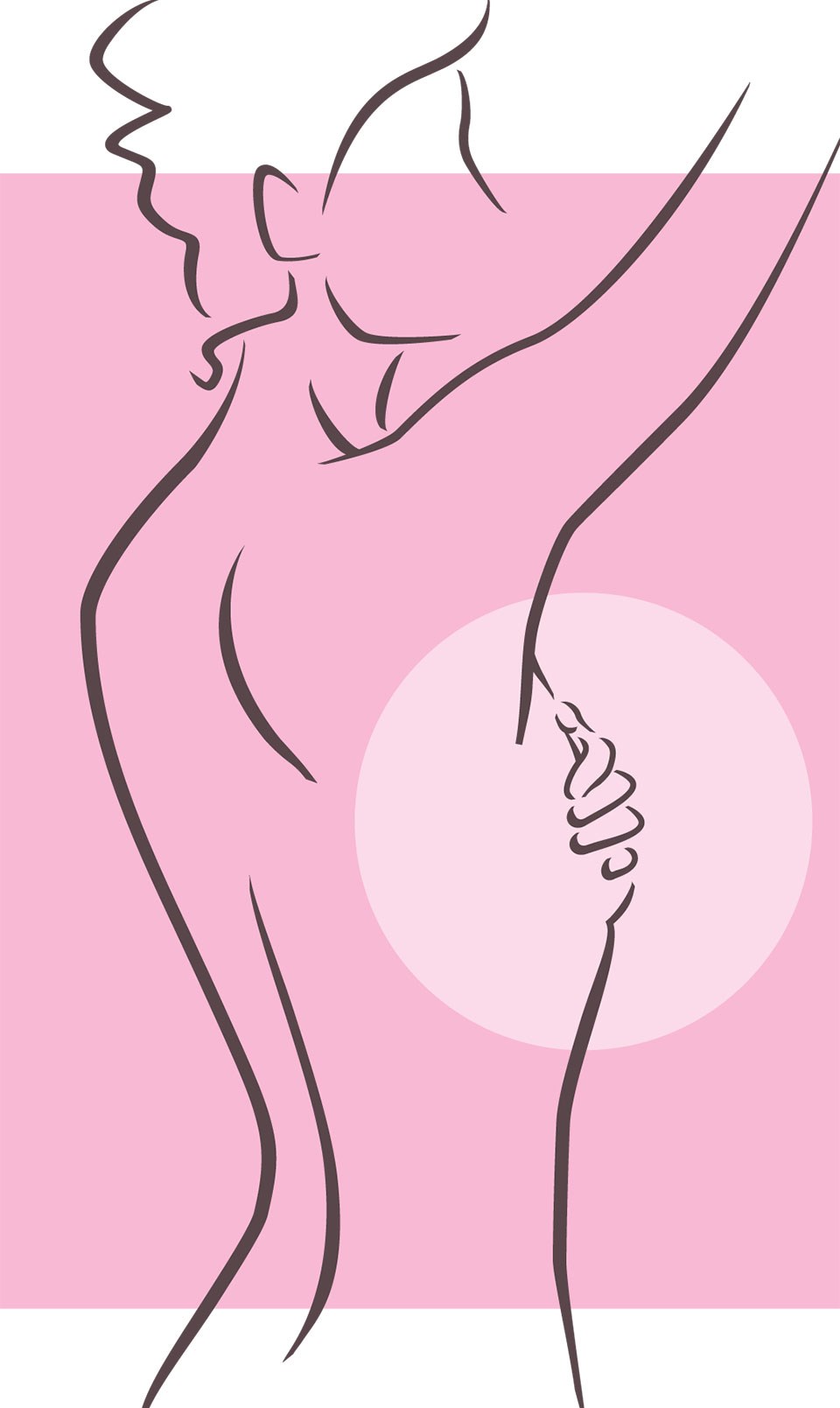Though self-exams can lead to discovery of breast cancer when the disease is most treatable, the World Health Organization (WHO) notes as many as 90 percent of breast masses are not cancerous. Non-cancerous abnormalities may be benign masses such as fibroadenoma and cysts or indicative of infection.
It’s also important women recognize breast cancer is not always accompanied by a lump, with reports showing many women with breast cancer never experience any signs or symptoms of the disease. In such instances, the disease is discovered during screening tests, which include mammograms.
According to the Canadian Cancer Society, breast cancer mainly occurs in middle-aged or older women. In fact, the median age at the time of a breast cancer diagnosis is 62. Though it’s possible for women far younger than 62 to be diagnosed with breast cancer, data shows only a small number of women younger than 45 are diagnosed with the disease each year.
Despite the average age of onset being over 60, breast cancer is highly treatable. The WHO notes breast cancer treatments routinely achieve survival probabilities of 90 percent or higher. However, those probabilities decline considerably in lower-income countries where access to screening and other medical services is limited. For example, the WHO notes that five-year survival rates for breast cancer routinely surpass 90 percent in high-income countries like Canada. However, those rates are as low as 40 percent in South Africa, where early detection of the disease is less likely.
The disparity in survival rates underscores the need for greater resource allocation in lower-income countries, but also highlights the effectiveness of screening and other measures in high-income countries where women are taught to report any abnormalities with their breasts.
This story was written for the Think Pink advertising feature. It is not written by and does not necessarily reflect the views of the editorial staff.



